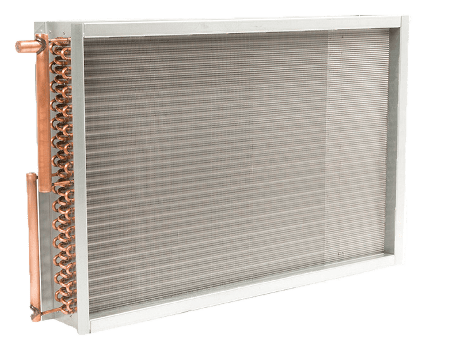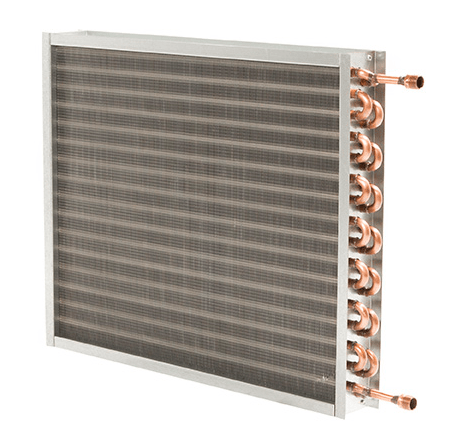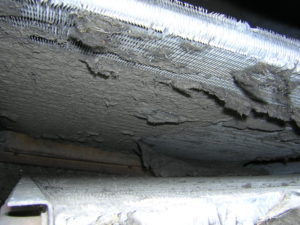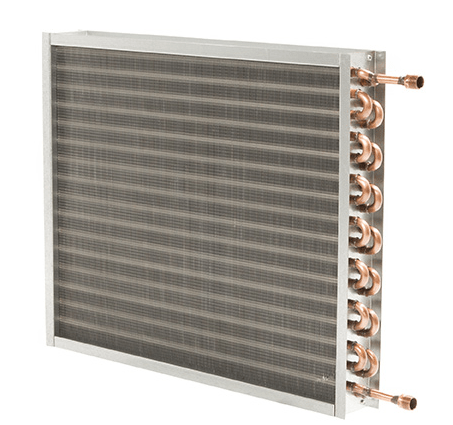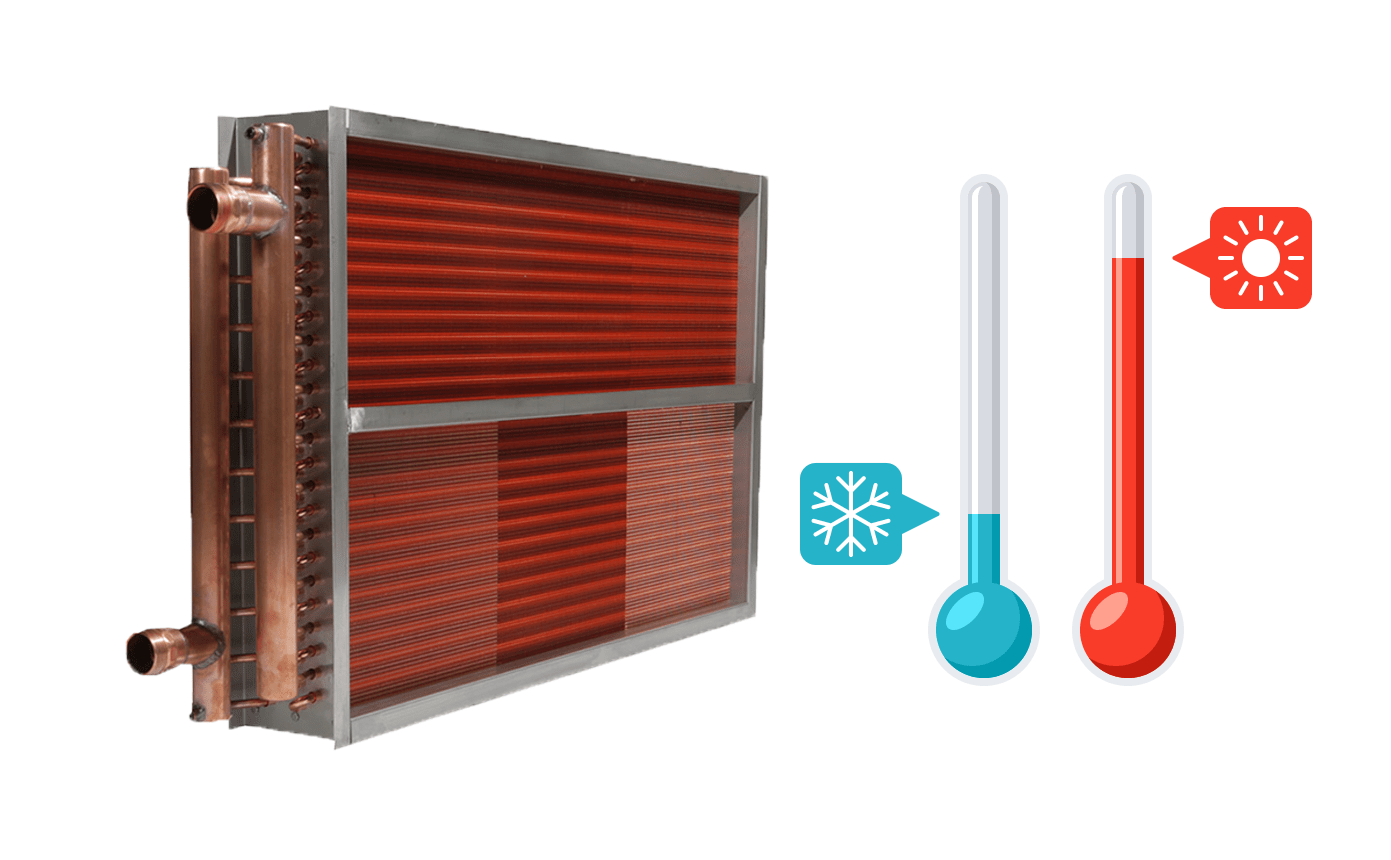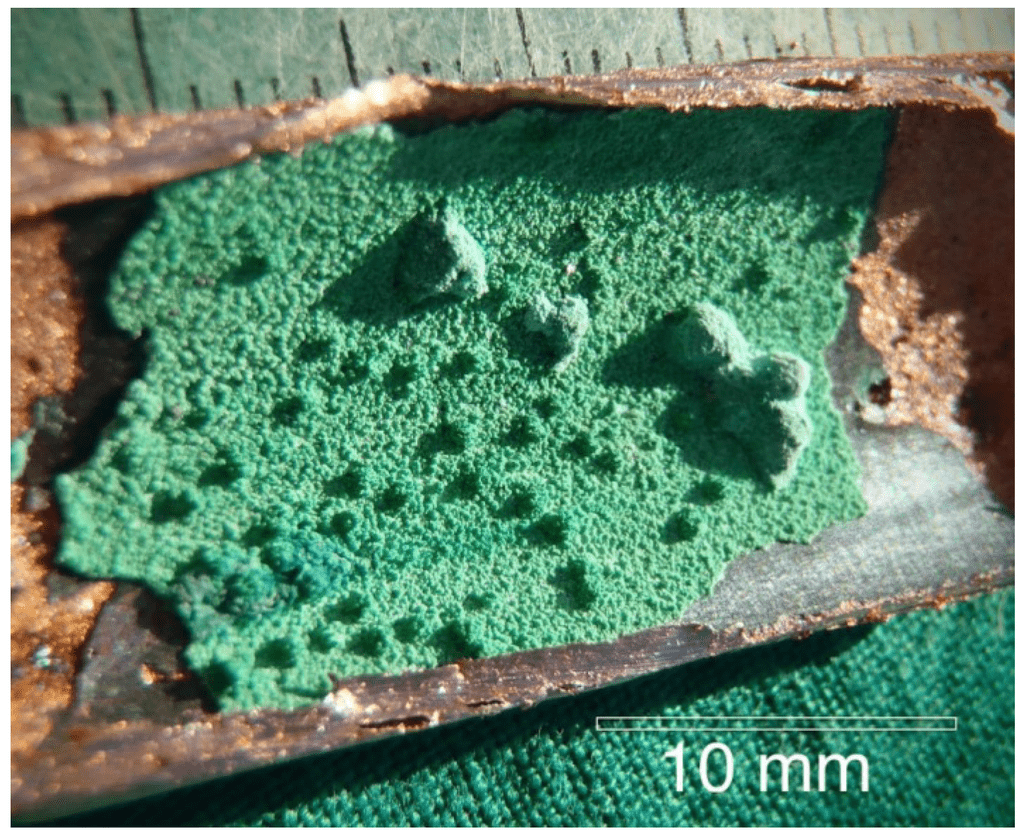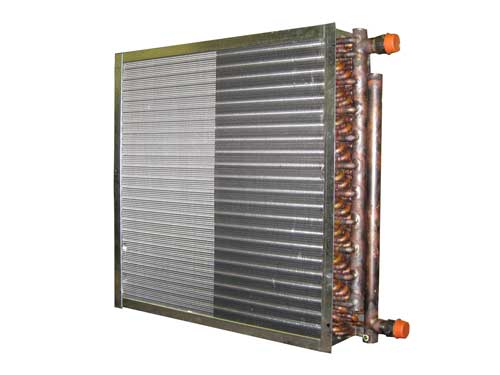Almost all packaged A/C or split system units do not have a service factor for extra capacity. Even when new, these units may not yield the cooling BTUH capacity specified due to improper installation and/or incorrect load calculations at the inception of installation and startup. Consequently, as the system gets older and parts become less efficient, the system may lower its capacity to the point...
Read More
